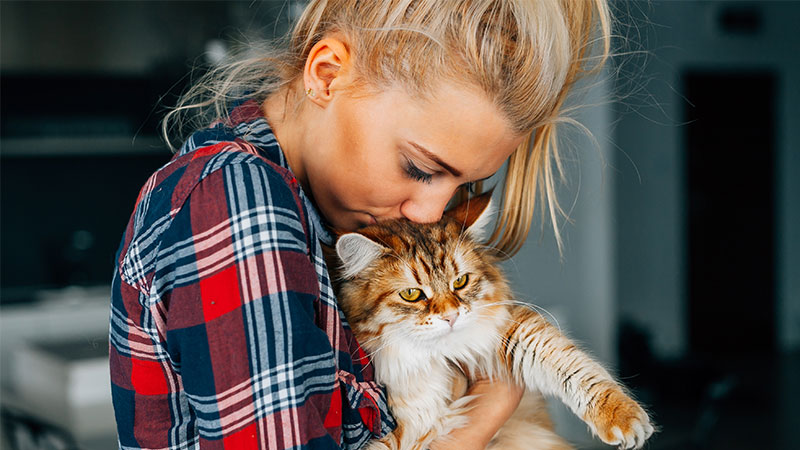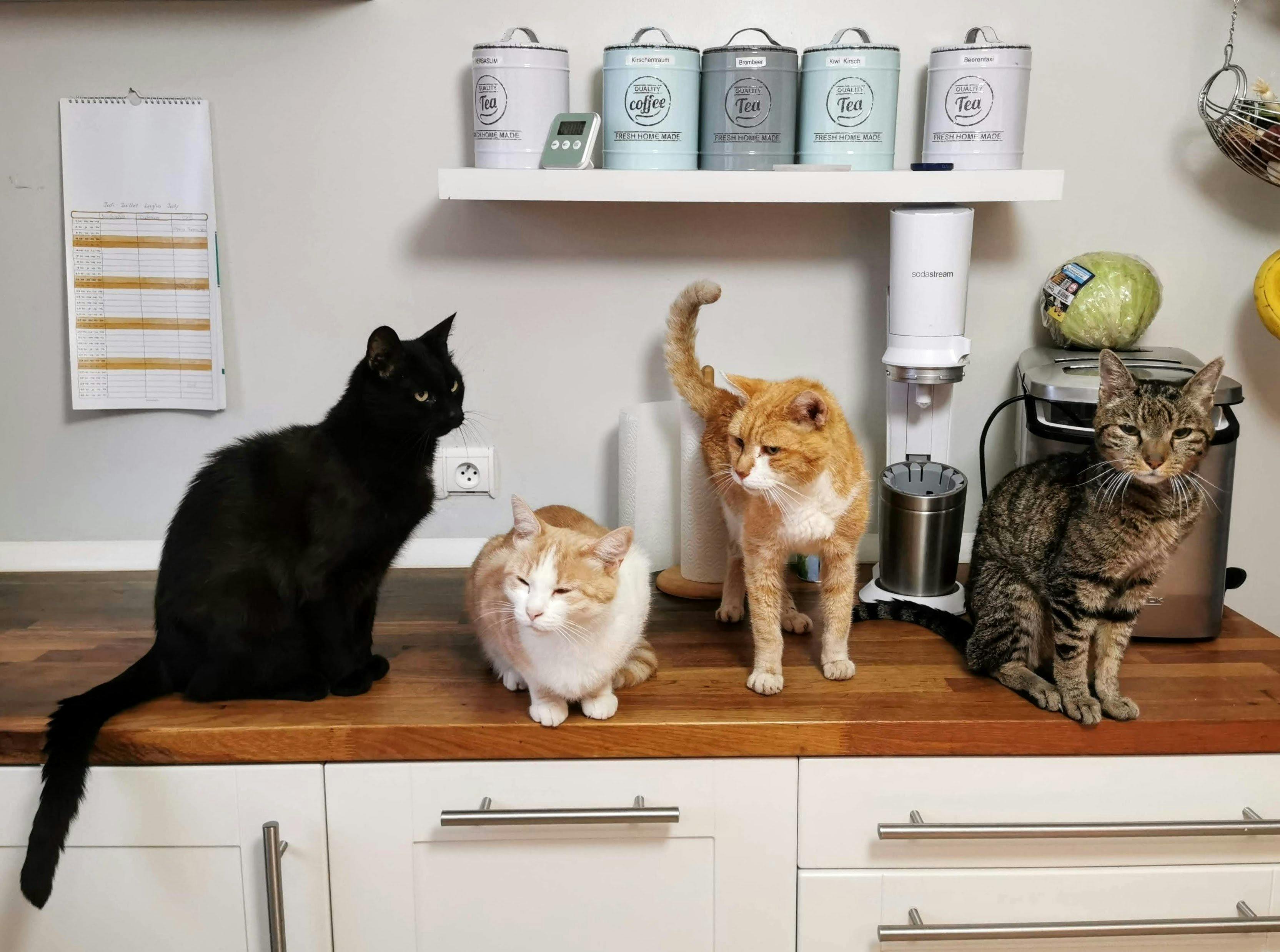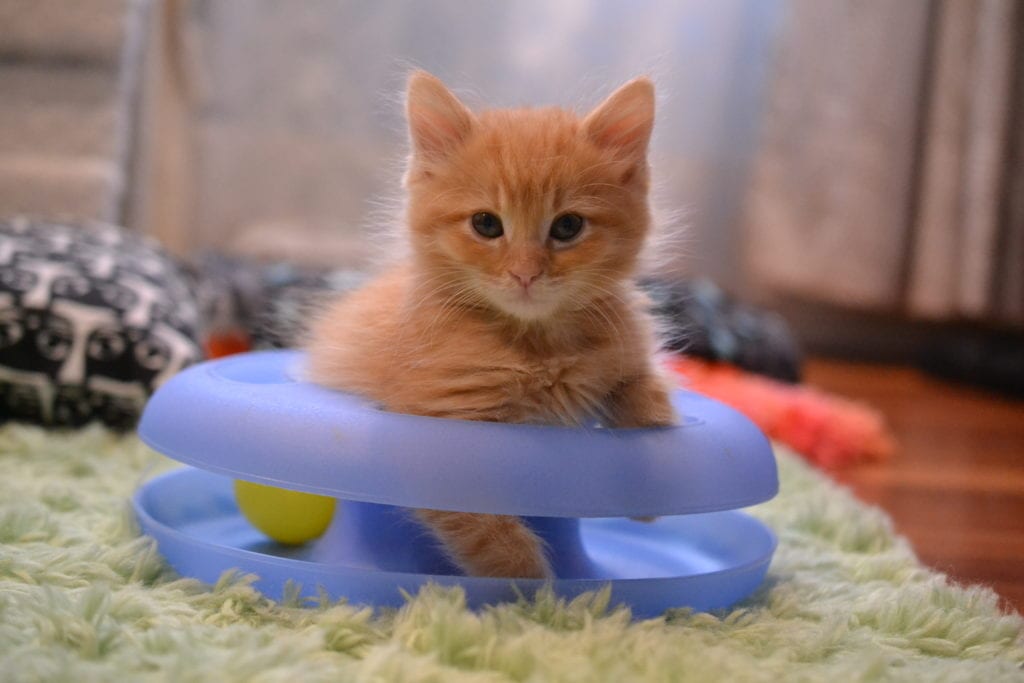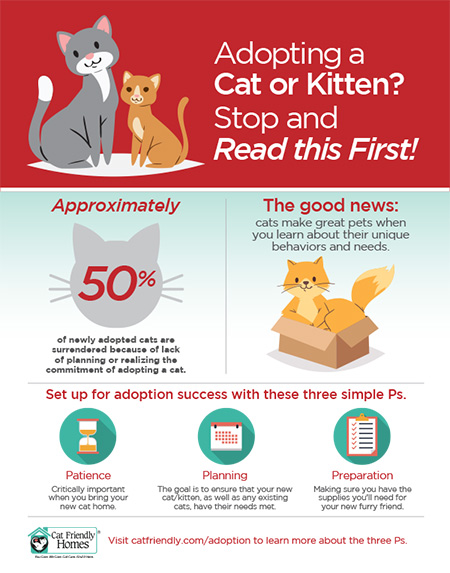Preparing to Adopt a Cat: Essential Tips for a Smooth Transition
Preparing to adopt a cat requires thoughtful planning and a welcoming environment. Cats need care, attention, and a safe home.
Adopting a cat is a rewarding experience that brings joy and companionship. Before bringing a new feline friend home, prepare thoroughly to ensure a smooth transition. First, gather essential supplies like food, a litter box, toys, and a scratching post.
Create a cozy space where your cat can feel secure and comfortable. Schedule a vet visit for a health checkup and vaccinations. Educate yourself on cat behavior and care to meet your new pet’s needs effectively. A well-prepared home sets the foundation for a happy and healthy relationship with your new cat.
Choosing The Right Cat
Adopting a cat is a big decision. Picking the right one is key. Each cat is unique, so it is important to find the right match. Here are some tips to help you choose the right cat.
Considering Age And Breed
Cats come in various ages and breeds. Each has its own traits. Kittens are playful and energetic. They need lots of attention and training. Adult cats are often calmer and may be easier to care for. Senior cats are usually very relaxed and make great companions.
| Age | Characteristics |
|---|---|
| Kittens | Playful, energetic, need training |
| Adult Cats | Calm, easier to care for |
| Senior Cats | Relaxed, great companions |
Breeds also vary in behavior and care needs. Siamese cats are social and talkative. Persian cats are quiet and need grooming. Bengal cats are active and curious. Research different breeds to find one that fits your lifestyle.
- Siamese: Social and talkative
- Persian: Quiet and needs grooming
- Bengal: Active and curious
Assessing Temperament
Each cat has a unique temperament. Some are friendly and love people. Others may be more independent. Spend time with a cat before deciding. This helps you understand its personality. Friendly cats might seek attention and purr often. Shy cats may need more time to feel comfortable.
Observe how the cat reacts to you. A cat that is relaxed around you is a good sign. Look for signs like purring, rubbing against you, or playing. These behaviors show the cat is comfortable with you.
Adopting a cat is a joyful experience. Choose one that fits your home and lifestyle. This ensures a happy life for both you and your new feline friend.

Credit: www.petpartners.com
Preparing Your Home
Adopting a cat is a joyous occasion. Before bringing your new feline friend home, prepare your living space. A well-prepared home ensures your cat feels safe and happy.
Creating A Safe Space
Designate a specific area for your cat. This space should be quiet and free of hazards.
- Choose a room with minimal foot traffic.
- Ensure no toxic plants or small objects are around.
- Provide a cozy bed or blanket for comfort.
Your cat’s safe space helps them adjust better. It gives them a place to retreat if they feel overwhelmed.
Essential Supplies
Gathering essential supplies makes your cat’s transition smoother. Here is a list of items you will need:
| Item | Description |
|---|---|
| Litter Box | A large box with low sides for easy entry. |
| Food and Water Bowls | Sturdy bowls that won’t tip over easily. |
| Scratching Post | Helps keep your cat’s claws healthy. |
| Cat Toys | Interactive toys to keep your cat engaged. |
| Carrier | For safe transport to the vet. |
Having these supplies ready ensures your cat feels at home. It also reduces stress for both you and your pet.
Introducing Your New Cat
Bringing a new cat home is exciting. Proper introduction ensures your cat feels safe and loved. Follow these guidelines to make the transition smooth and stress-free for both you and your feline friend.
First Day Tips
The first day in a new home is crucial. Set up a quiet space with essentials like food, water, and a litter box. This helps the cat feel secure.
Consider a small room for your cat initially. This prevents feeling overwhelmed.
Spend time in the room but let the cat approach you. Be patient. Use a soft voice and gentle movements.
Provide toys and a scratching post. This encourages play and reduces stress.
Gradual Socialization
Introduce your cat to other pets slowly. Keep initial interactions short and supervised.
Use a baby gate or a cracked door. This allows pets to see and smell each other safely.
Gradually increase the time they spend together. Always monitor their behavior.
Reward calm behavior with treats. This reinforces positive interactions.
Introduce your cat to family members one at a time. This helps avoid overwhelming your cat.
Encourage gentle petting and quiet voices. This builds trust and comfort.
Use this table for a quick reference:
| First Day Tips | Gradual Socialization |
|---|---|
| Set up a quiet space | Introduce pets slowly |
| Provide food, water, litter box | Use a baby gate or cracked door |
| Spend time in the room | Monitor interactions |
| Use a soft voice | Reward calm behavior |
| Provide toys and scratching post | Introduce family one at a time |
| Encourage gentle petting |
Following these steps ensures a smooth transition for your new cat. Your patience and care make all the difference.
Feeding And Nutrition
Preparing to adopt a cat is exciting. Ensuring your new friend has the right food and nutrition is vital. Proper feeding keeps your cat healthy and happy. Let’s explore how to choose the right food and set a feeding routine.
Selecting The Right Food
Choosing the right food is important for your cat’s health. Start by selecting high-quality cat food. Look for options with real meat as the first ingredient. Avoid foods with artificial additives, colors, and preservatives.
Check the label for essential nutrients. Cats need protein, fat, vitamins, and minerals. Consult your vet for specific dietary needs. Kittens, adults, and senior cats have different nutritional requirements.
Here is a quick guide to help you:
| Life Stage | Protein (%) | Fat (%) |
|---|---|---|
| Kitten | 30-40% | 15-20% |
| Adult | 26-35% | 10-15% |
| Senior | 28-38% | 10-12% |
Establishing A Feeding Routine
Creating a feeding routine helps your cat feel secure. Feed your cat at the same times every day. Consistency is key to a happy, healthy cat.
Use a clean bowl for each meal. Fresh water should always be available. Measure the food portions to avoid overfeeding.
Here are some tips for a feeding schedule:
- Kitten: 3-4 times a day
- Adult: 2 times a day
- Senior: 2 times a day
Observe your cat’s eating habits. Adjust the portions if needed. Consult your vet if you notice any changes in appetite or weight.
Health And Wellness
Adopting a cat is an exciting journey. Ensuring your new feline friend stays healthy is crucial. This section covers important aspects of your cat’s health and wellness.
Scheduling A Vet Visit
After bringing your cat home, schedule a vet visit immediately. A vet will perform a thorough health check-up.
This visit helps identify any health issues early. The vet will also discuss vaccinations, deworming, and spaying or neutering.
Here’s what to expect during your first vet visit:
- Physical examination
- Vaccination schedule
- Parasite control
- Dietary advice
- Microchipping
Preventative Care
Preventative care is key to keeping your cat healthy. Vaccinations protect against common feline diseases.
Regular deworming prevents parasites. Flea and tick prevention is also important.
Here are common preventative measures:
| Preventative Measure | Frequency |
|---|---|
| Vaccinations | Annually |
| Deworming | Every 3 months |
| Flea and Tick Prevention | Monthly |
| Dental Check-up | Annually |
Ensure your cat has a balanced diet. Fresh water should always be available.
Regular exercise keeps your cat fit and happy. Toys and climbing structures provide mental stimulation.
Behavior And Training
Adopting a cat is a joyful experience. Understanding their behavior and training ensures a happy home for both you and your new feline friend. This section will help you prepare for a smooth transition.
Litter Box Training
One of the first things to address is litter box training. Cats are naturally inclined to use a litter box, but some guidance is needed.
- Choose the right location: Place the litter box in a quiet and accessible area.
- Use suitable litter: Some cats prefer certain types of litter. Experiment to find the best one.
- Keep it clean: Scoop the litter box daily to maintain cleanliness.
Initially, show your cat the litter box. If they don’t use it, gently place them in the box. Praise them when they use it correctly.
Encouraging Good Habits
Encouraging good habits in your cat is essential for a harmonious home. Start by setting boundaries and rewarding positive behavior.
| Behavior | Action |
|---|---|
| Scratching furniture | Provide scratching posts |
| Jumping on counters | Use deterrents like double-sided tape |
| Meowing at night | Ensure they have enough playtime during the day |
Use positive reinforcement to encourage good habits:
- Reward with treats or affection.
- Be consistent with your training.
- Redirect negative behavior to a positive alternative.
With patience and consistency, your cat will learn quickly. Enjoy the bonding process as you train your new companion.
Building A Bond
Adopting a cat is an exciting journey. Building a bond with your new feline friend is crucial. This connection helps your cat feel safe and loved. It also ensures a harmonious home environment. Two main ways to build this bond are through playtime and understanding their body language.
Playtime And Interaction
Playtime is essential for a cat’s happiness and health. Interactive play strengthens your bond. Use toys that mimic prey, like feather wands or laser pointers. Spend at least 10-15 minutes each day playing with your cat. This routine helps establish trust and joy.
Interactive playtime also helps your cat burn off energy. It prevents destructive behavior. Rotate toys to keep things interesting. Cats love variety. Use different toys each week to keep your cat engaged.
| Type of Toy | Benefits |
|---|---|
| Feather Wand | Encourages hunting instincts |
| Laser Pointer | Promotes active play |
| Interactive Ball | Stimulates mental activity |
Understanding Body Language
Cats communicate through body language. Understanding these signals helps you bond better. A cat with a raised tail is happy. A puffed-up tail means fear or aggression. A slow blink from a cat shows trust and affection.
Watch for signs of discomfort. Flattened ears or a twitching tail indicate stress. Respect your cat’s boundaries. Allow them to approach you when they are ready.
- Purring: Contentment or seeking comfort.
- Hissing: Warning or feeling threatened.
- Whiskers Forward: Interest or curiosity.
By understanding these signals, you can respond appropriately. This strengthens your bond and ensures a happy relationship.

Credit: wagwalking.com
Handling Challenges
Adopting a cat is exciting but comes with challenges. Handling these challenges ensures a smooth transition. Here, we address common issues and provide practical solutions.
Dealing With Stress
Cats can get stressed easily. They may show signs such as hiding, excessive grooming, or loss of appetite. Creating a calm environment helps reduce stress.
- Provide a quiet, comfortable space.
- Introduce new surroundings gradually.
- Use calming products like Feliway.
Maintain a routine for feeding and playtime. This helps your cat feel secure. Avoid loud noises and sudden changes.
Addressing Behavioral Issues
Cats may exhibit unwanted behaviors like scratching furniture or not using the litter box. Understanding the cause is crucial for resolution.
- Ensure your cat has a scratching post.
- Keep the litter box clean and in a quiet location.
- Spend time playing and bonding with your cat.
If problems persist, consult a vet or a cat behaviorist. They can provide expert advice and solutions.

Credit: catadoptionteam.org
Frequently Asked Questions
What Supplies Do I Need For A New Cat?
You need a litter box, food, water dishes, and toys.
How Do I Cat-proof My Home?
Secure wires, remove toxic plants, and lock cabinets.
How Should I Introduce A New Cat?
Keep the cat in a quiet room initially.
What Type Of Food Is Best For Cats?
High-quality, vet-recommended cat food is best.
How Often Should I Take My Cat To The Vet?
An annual check-up is recommended.
What Vaccinations Does My Cat Need?
Core vaccinations include rabies, FVRCP, and FELV.
How Can I Make My Cat Comfortable?
Provide a cozy bed, scratching post, and toys.
How Do I Handle A New Cat’s Stress?
Create a calm, quiet environment and be patient.
What Is The Best Way To Groom A Cat?
Brush regularly and check for fleas and ticks.
How Do I Clean A Litter Box Properly?
Scoop daily and change litter weekly.
Conclusion
Adopting a cat brings joy and companionship to your life. Proper preparation ensures a smooth transition for both of you. Gather essential supplies, create a safe space, and schedule a vet visit. With love and patience, your new feline friend will thrive in their forever home.
Enjoy the rewarding journey of cat adoption!







